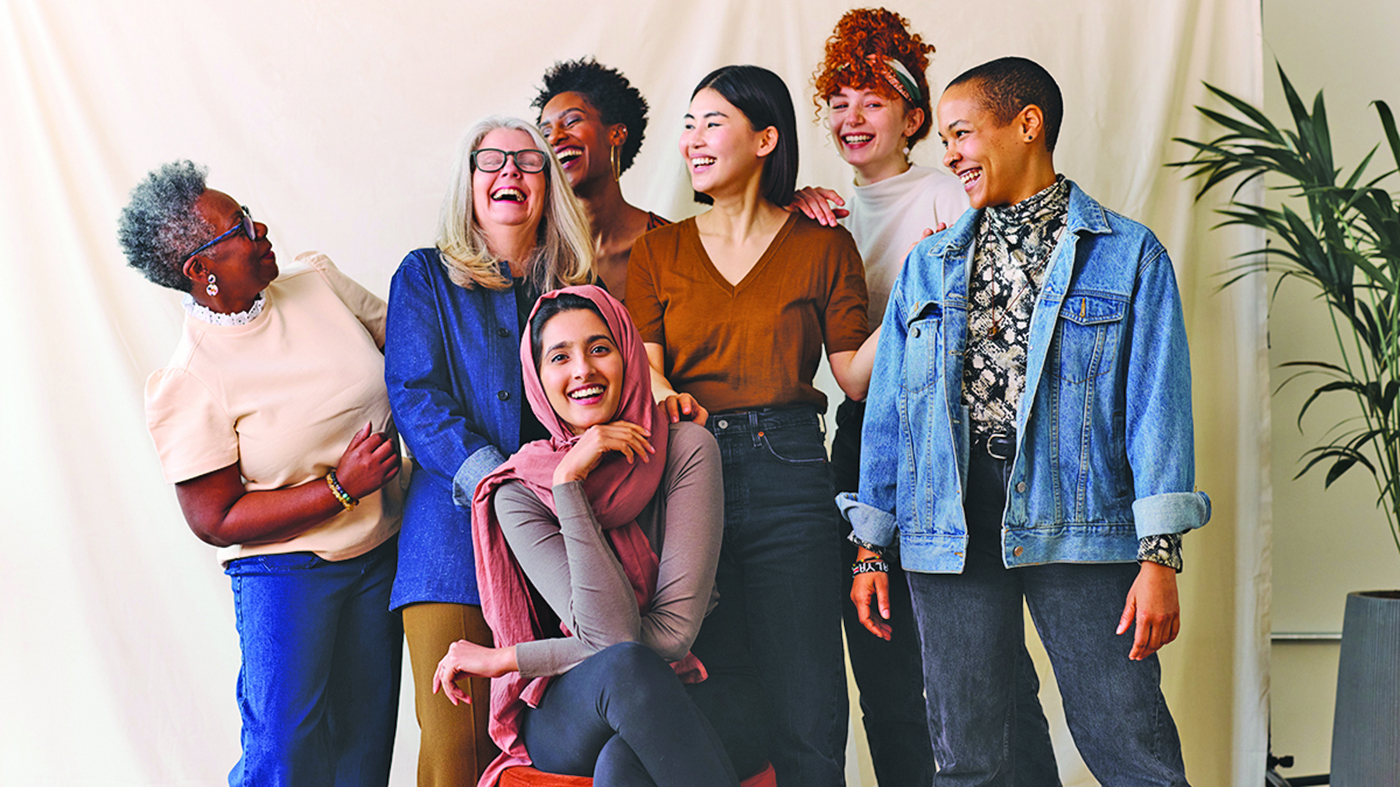When I walked into the Albany Stratton VA Medical Center for the first time six years ago, it was hard to tell I belonged as a female combat Veteran. Posters featuring women didn’t line the walls. Gender specific care seemed almost foreign and there was still debate if female servicemembers were in combat. Now, as the Department adapts and the perception of female Vets change, VA is spreading its internal culture-change message to the public with its new public service announcement.
The new video explores the vital role female servicemembers play in the military, from patrolling the streets of Iraq and Afghanistan, operating crew-served weapons, and being members of female engagement teams. It also highlights the importance of providing these female Veterans with the highest quality of care once they are out of the service.
The number of female Veterans using VA services has increased over the past decade. In 2000, 160,000 female Vets were enrolled. By 2010, that number jumped to 315,000—and is expected to increase in the coming years.
As more female Veterans use VA services, VA is determined to change its culture to be more understanding and accommodating of their needs. Check out the PSA below and learn more about Women Veterans Health Care.
Topics in this story
More Stories
Summer Sports Clinic is a rehabilitative and educational sporting event for eligible Veterans with a range of disabilities.
Report examines the input of over 7,000 women Veterans: They are happier with VA health care than ever before.
Veterans and caregivers, you can help shape the future eligibility requirements for the VA Caregiver Support program.








yes, we did wear combats boots. I have been in the VA health care system since, 1992. I have been taken for the wife, sister. I smile politely and tell them that I served proudly,just like they did. I have been called Mr. my last name so many times, that i just sit and then wait an minute and say did you mean. Ms??? Now, granted the female care has come a long long way, but i still have to drive 2-1/2 hours to get my “yearly”? really?????
I have been in the system for a very long time, trust me it is getting better, but we still have a long way to go… At least now when i am waiting on meds or travel pay i am not the only female.
Care for female vets has come a long way, but people are still surprised to find out I am a vet. GIVE ME A BREAK!!!!!!!!!!!!!! My husband is proud to have a wife that is a vet, but he can NEVER find anything that says he is proud of his vet wife. He has come to my VA appts and at first they looked at him as if he was the vet, but he is from Mexico and only became a US citizen 20 years ago. Come on we deserve the respect that the men get.
Back in 1991 I fell from a 5-ton. I have compressed discs and joint pain. I attempted to apply for evaluation at the local VA in 1999 after 24 years of service and retirng as a MSG. I was told I had to obtain 3 copies of each Doctor that had treated me. As I had lived in several states it took me a long time to obtain some reports. Some Doctors delete records after 7 years and some I couldn’t find. In the meanwhile I joined TRICARE and was told don’t bother to go back to VA as it takes 3 months to get an appointment with VA and only 7 days at Eisenhower under TRICARE. So I didn’t go back, but I would still like to be evaluated for a percentage.
Thanks for deleting my comment. It is too long for me to retype. Why
good article posted my FB….thanks
As a veteran, I hold all my brothers and sisters in high regard.
What I don’t understand is the purpose of this PSA. Who is the audience? What is the VA trying to accomplish other than saying that they are treating female veterans because they are equally entitled to the care they were promised? As far as I know, there is no one that is anti-female veteran. All I see here is the VA advertising to itself (making the bureaucrats feel good they are doing what they are mandated by law to do in the first place)..
Why not directly reach out and say if you are a female veteran, and you have health, family or emotional issues, if you haven’t already done so, see how the VA can help. You served and you deserve.
Treatment for women veterans previously has not been adequate. It is true that as a service member we often ignore gender because accomplishing our mission is all that matters. As a Medical Corps vet, I can attest to the great diversity of gender based health needs. Men & women have differant medical needs, and pre-packaged healthcare does not work for either genders.
Dan, the video was an internal message to VA employees. Many female Vets have said they have been mistaken for wives or daughters instead of former service members, which is understandably very insulting. Others have said they have received inadequate care because some doctors think they couldn’t possibly have been subject to the same physical and mental stress as men. This video was meant to change assumptions of the concept of “Veteran” for employees who may not have thought about it before. It went public to show VA understands its flaws so it can help change the imbalance of care some female Vets receive.
Unless I can no longer read, it said that this is a PSA -Public Service Announcement. PSA’s are distributed to the media for broadcast to “fill space.” Of course, I am assuming the VA uses the same terminology as the rest of the world.
Or maybe I misinterpreted the following sentence. ” VA is spreading its internal culture-change message to the public with its new public service announcement.”
I stand by my original comment.
Dan, the video is a streamlined version of a video that was released internally to VA employees earlier this year. It was meant to do the things I mentioned previously (namely, challenge employees to rethink the concept of a Veteran to include both genders). When it was released, it became a PSA by virtue of it being in public, but it was originally an internal message directed at those who provide care. This is conjecture on my part, but I’m confident it was released to 1) Show VA is making strides in improving VA care by increasing awareness, and 2) Let the public know that we understand it is, and continues to be, an issue that needs serious attention. Hope that helps clarify the background and intent of the message, in both public and inside VA.